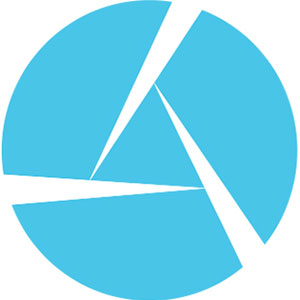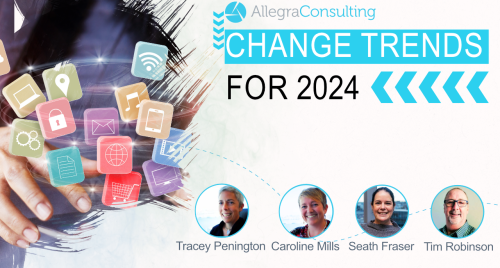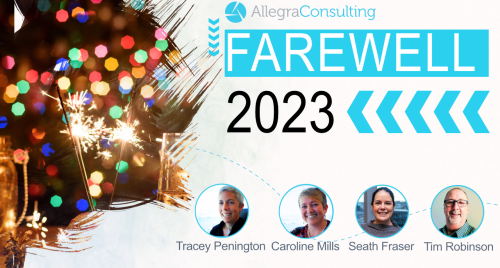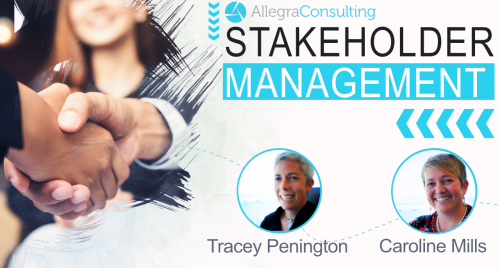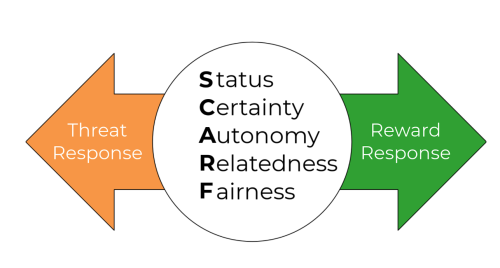
Performance Management within an organisation plays a critical part in the employee's time with an organisation by allowing insights into the employee experience. For the majority of human history, employment was a simple transactional arrangement; an employee provided their labour and time in exchange for payment. The world has grown more complex, and an organisation's competitive advantage is more and more reliant on the innovation and creativity of its employees rather than on the volume or speed of output.
Using Design Thinking to consider the employee experience of current/new processes, technology, and people can substantially improve the organisation, the employees, and ultimately the customer and broader community.
Performance Management is a way to align the organisation's goals with its employees. By focusing on the people side and using this as a basis for internal processes and structures, the company can operate in a reciprocal relationship with its employees. A company can only move forward if its employees do so. The model of the employee/employer relationship is giving way to a far more complex and nuanced approach that ensures employee engagement and performance by offering a partnership providing growth and learning. Right now, these are the main drivers of employees.
Developing a performance management system will require three main areas, as discussed above - Process, People, and Technology to be at the forefront of thinking.
Process
- What is the process of achieving from a people perspective?
- How does the process achieve the outcome of employee growth and development?
- What is the process providing to the organisation?
- Is it providing a source of information that allows the organisation to focus on what works and to discard what doesn't?
- Does the process allow a mechanism to fulfil both employee and organisational aspirations?
People
- Are the performance expectations set just by the organisation or in partnership with the employee?
- Does feedback flow in both directions, both to the employee and to the organisation?
Technology
- Is the technology used appropriate for all users? Is it easy to use?
- Does the technology support all different users despite the various outcomes desired?
Using the Design Thinking model, we can address the three components above. Below is a summary that is not exhaustive but useful as an illustration of the different elements of design thinking working together.
Performance Management process development through the Design Thinking lens
Frame a Question
- What are the goals of the new performance management model, both for the organisation and the employee?
- Where is the common ground between the organisation in the employee?
- Are the areas that may conflict? How does the new model support the organisational and employee aspirations?
Gather Inspiration
- Why are we doing this?
- What are the ideal outcomes?
- What are the likely benefits to both the organisation and the employee?
- What are the direct impacts on the people of the organisation?
- How will it improve on the existing model?
- Can we build on previous models that have succeeded in other organisations?
Generate Ideas
- Open the floor to all members of the team and organisation.
- Invite input from everyone individually, no idea or thought shared is too silly.
- Consider all ideas and discard them after careful study and questioning, or add them to a pool for testing.
- Avoid jumping to obvious solutions. Test and refine ideas to maximise the potential benefit of what is being proposed.
- Look at the ideas as they cross over the Process, People, and Technology aspects of Performance Management.
Make Ideas Tangible
- Develop ideas into prototypes and test them.
- Use role plays to test feedback and information sessions.
- Refine ideas based on the results of the testing and role-playing.
Test to Learn
- Test prototypes and ideas further with feedback outside of the immediate group.
- Test related ideas in combination to see if they complement or hinder the overall process.
- You will likely cycle through the different steps above and see ideas coalesce into likely solutions. Remember to revisit the Frame a Question step.
Share the Story
Weave into the whole process the people side – the questioning and exploration of ideas should ask the question - what is the people experience?
